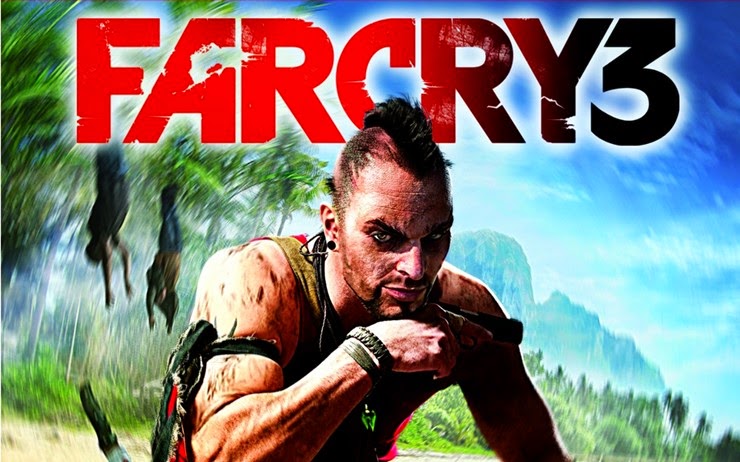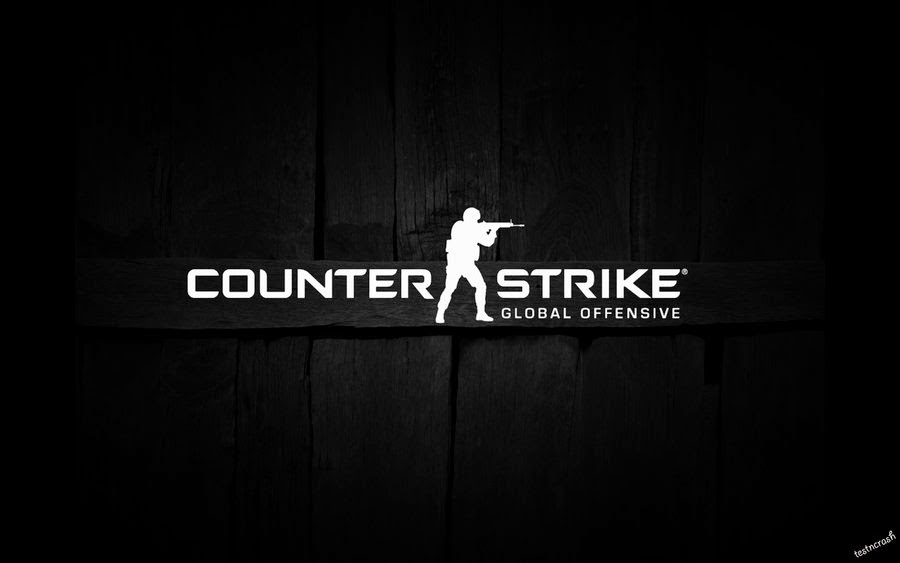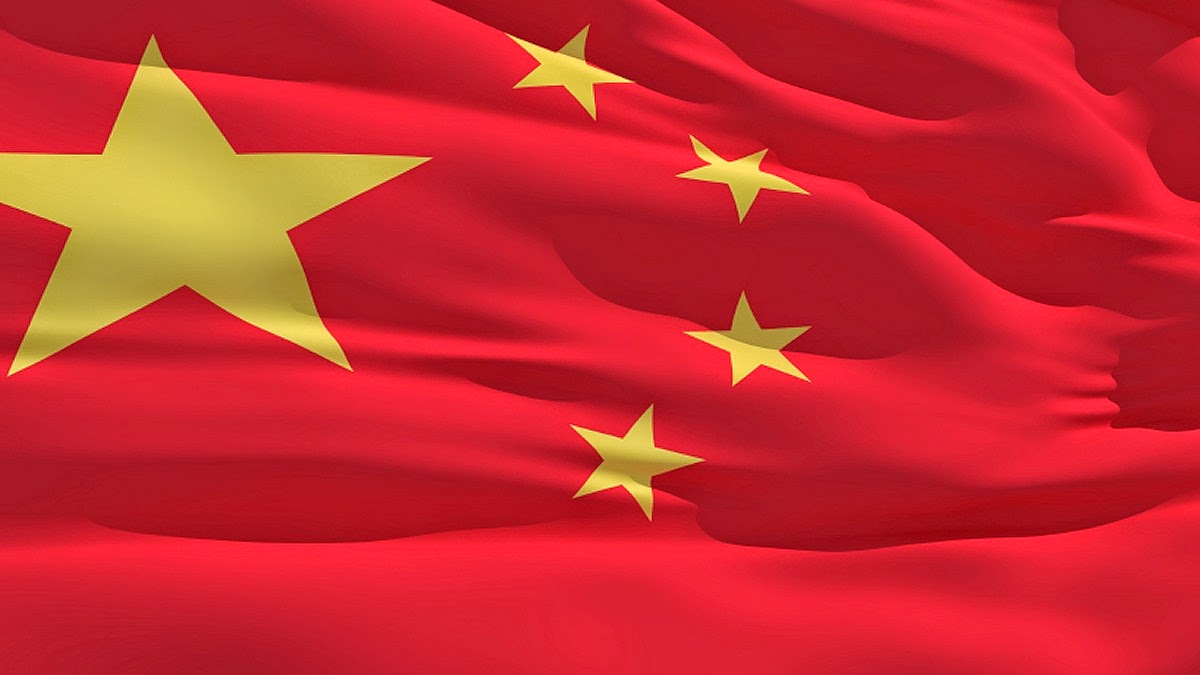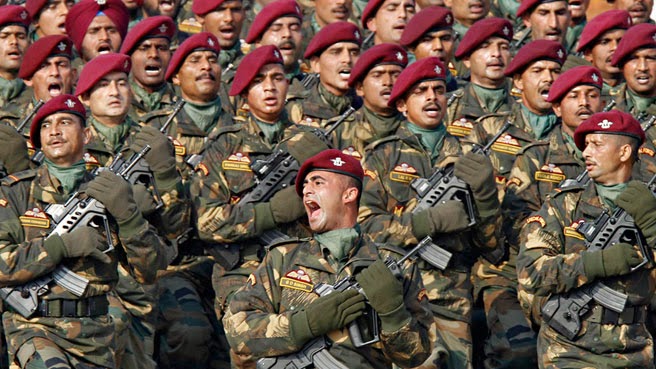Top 10 PC Games
1.World Of Warcraft
World of Warcraft (
WoW) is a massively multiplayer online role-playing game (MMORPG) created in 2004 by Blizzard Entertainment. It is the fourth released game set in the fantasy
Warcraft universe, which was first introduced by
Warcraft: Orcs & Humans in 1994
.World of Warcraft takes place within the
Warcraft world of Azeroth, approximately four years after the events at the conclusion of Blizzard's previous
Warcraft release,
Warcraft III: The Frozen Throne.Blizzard Entertainment announced
World of Warcraft on September 2, 2001.The game was released on November 23, 2004, on the 10th anniversary of the
Warcraft franchise.
The first expansion set of the game,
The Burning Crusade, was released on January 16, 2007.The second expansion set,
Wrath of the Lich King, was released on November 13, 2008.The third expansion set,
Cataclysm, was released on December 7, 2010. The fourth expansion set,
Mists of Pandaria, was released on September 25, 2012.The fifth expansion set,
Warlords of Draenor, was announced at BlizzCon 2013.
With almost seven million subscribers as of August 2014
.World of Warcraft is currently the world's most-subscribed MMORPG,and holds the Guinness World Record for the most popular MMORPG by subscribers.Having grossed over 10 billion dollars USD as of July 2012, it is also the highest grossing video game of all time, surpassing
Call of Duty: Black Ops at 1.5 billion dollars.In January 2014 it was announced that more than 100 million accounts had been created over the game's lifetime.
2.GTA(Grand Theft Auto)
Grand Theft Auto is an action-adventure video game series created by David Jones and Mike Dailly then later by brothers Dan and Sam Houser, Leslie Benzies and Aaron Garbut. It is primarily developed by Rockstar North (formerly DMA Design), and published by Rockstar Games. The name of the series is derived from a term referring to motor vehicle theft.
Most games in the series are set in fictional locales modelled on
American cities, usually either Liberty City, Vice City, or San Andreas,
which are stand-ins for New York City, Miami, and Southern California,
respectively. The first 2D titles encompassed three fictional cities,
while 3D and HD titles tend to emphasise a single city and its outlying
areas. Gameplay focuses on an open world where the player can choose missions to progress an overall story, as well as engaging in side activities, all consisting of action-adventure, driving, third-person shooting, occasional role-playing, stealth, and racing elements. The series has gained controversy for its adult nature and violent
themes. The series focuses around many different protagonists who
attempt to rise through the ranks of the criminal underworld, although
their motives for doing so vary in each game. The antagonists are
commonly characters who have betrayed the protagonist or his
organisation, or characters who have the most impact impeding the
protagonist's progress.
Video game developer DMA Design began the series in 1997; as of 2014 it has eleven stand-alone games and four expansion packs. The third chronological title,
Grand Theft Auto III,
was widely acclaimed, as it brought the series to a 3D setting and more
immersive experience, and is considered a landmark title that has
subsequently influenced many other open world action games and led to
the label "
Grand Theft Auto clone" on similar games. Subsequent titles would follow and build upon the concept established in
Grand Theft Auto III. Film and music veterans have voiced characters, including Ray Liotta, Burt Reynolds, Dennis Hopper, Samuel L. Jackson, Debbie Harry, Phil Collins, Axl Rose, and Peter Fonda.The series has been critically acclaimed and commercially successful,
having sold more than 150 million units, as of September 2013.
3.Far Cry
Far Cry is a first-person shooter video game developed by Crytek and published by Ubisoft on March 23, 2004, for Microsoft Windows. It is the first installment in the Far Cry series and sold 730,000 units within four months of release.It received positive reviews upon release. The original game has since spawned a series of sequels and spin-off games.
4.Need For Speed
Need for Speed (
NFS) is a series of racing video games published by Electronic Arts (EA) and developed by several studios including the Canadian company EA Black Box and the British company Criterion Games.
The series released its first title,
The Need for Speed in 1994. Initially, it was designed exclusively for use on fifth generation video game consoles, but later on was reworked to be able to be used on all seventh generation consoles
by 2008. All members of the series consist of racing cars on various
tracks, with some titles including police pursuits in races. Since
Need for Speed: Underground, the series has integrated car body customization into gameplay.
Need for Speed is the most successful racing video game series in the world, and one of the most successful video game franchises of all time. Over 140 million copies of games in the series have been sold to date.
In June 2012, following Black Box's restructuring, British developer Criterion Games announced that it was in full control of the
Need for Speed franchise.However, in August 2013, Swedish and British developers Ghost Games, Ghost Games UK and Criterion Games joined forces for the foreseeable future of the
Need for Speed series. At the time, Ghost Games UK staff consisted of 80% of former Criterion Games employees.
5.Assassin's Creed
Assassin's Creed is a historical fiction action-adventure open world stealth video game series that consists of eight main games and a number of supporting materials, as of 2013. The games have appeared on the PlayStation 3, PlayStation 4, Xbox 360, Xbox One, Microsoft Windows, Mac OS X, Nintendo DS, PlayStation Portable, PlayStation Vita, iOS, HP webOS,Android, Nokia Symbian Windows Phone platforms, and the Wii U.
The main games in the franchise were developed by Ubisoft Montreal for the single player and Ubisoft Annecy for the multiplayer, with the handheld titles developed by Gameloft
and Gryptonite Studios, with additional development by Ubisoft
Montreal. The series has been well received by the public and critics,
and has sold over 73 million copies as of April 2014, becoming Ubisoft's
best selling franchise.The series took inspiration from the novel
Alamut by the Slovenian writer Vladimir Bartol and are considered by some to be the spiritual successor to the
Prince of Persia series.
6.The Sims
The Sims is a life simulation video game series, developed by EA Maxis and published by Electronic Arts.
It is one of the most successful video games series of all time. As of
September 2013, the franchise has sold more than 175 million copies
worldwide.
The series was created by Maxis, before the series being being moved
to The Sims Studio between 2006 and 2008. The Sims Studio then
reintegrated into the new EA Maxis label in 2012.
The games in
The Sims series are largely sandbox games, in that they lack any defined goals (except for some later expansion packs and console
versions which introduced this gameplay style). The player creates
virtual people called "Sims" and places them in houses and helps direct
their moods and satisfy their desires. Players can either place their
Sims in pre-constructed homes or build them themselves. Each successive expansion pack and game in the series augmented what the player could do with their Sims.
7.Call Of Duty
Call of Duty is a first-person and third-person shooter video game franchise. The series began on the PC, and later expanded to consoles and handhelds. Several spin-off games have also been released. The earlier games in the series are set primarily in World War II, including
Call of Duty,
Call of Duty 2, and
Call of Duty 3. Beginning with
Call of Duty 4: Modern Warfare, which is set in modern times, the series has shifted focus away from World War II.
Modern Warfare (released November 2007) was followed by
Call of Duty: World at War and
Call of Duty: Modern Warfare 2.
Black Ops (released November 2010) takes place in the Cold War, while
Modern Warfare 3 (released November 2011) takes place in a near-future setting.
Black Ops II (released November 2012) takes place in the year 2025.
Call of Duty: Ghosts was released in November 2013. In May 2014,
Advanced Warfare was announced.
The
Call of Duty games are published and owned by Activision. While the studio Infinity Ward primarily still develops them, Treyarch
has also developed several of the titles with the release of the
studios' games interlaced with each other. Some games have been
developed by Gray Matter Interactive, Nokia, Exakt Entertainment, Spark Unlimited, Amaze Entertainment, n-Space, Aspyr, Rebellion Developments, Ideaworks Game Studio, Sledgehammer Games, and nStigate Games. The games use a variety of engines, including the id Tech 3, the Treyarch NGL, and the IW 5.0.
8.Age Of Empires
Age of Empires is a series of personal computer games developed by Ensemble Studios and published by Microsoft Studios. The first title of the series was
Age of Empires, released in 1997. Since then, seven titles and three spin-offs have been released. The titles are historical real-time strategy games, and their gameplay revolves around two main game modes: Single player and campaign. They competed with another popular strategy series,
Civilization, and are set amidst historical events.
Age of Empires focused on events in Europe, Africa and Asia, spanning from the Stone Age to the Iron Age; the expansion game explored the formation and expansion of the Roman Empire. The sequel,
Age of Empires II: The Age of Kings, was set in the Middle Ages, while its expansion focused partially on the Spanish conquest of Mexico. The subsequent three games of
Age of Empires III explored the early modern period, when Europe was colonizing the Americas and several Asian nations were on the decline. The newest installment,
Age of Empires Online, takes a different approach as a free-to-play online game utilizing Games for Windows Live. A spin-off game,
Age of Mythology, was set in the same period as the original
Age of Empires, but focused on mythological elements of Greek, Egyptian, and Norse mythology.
9.Half Life
Half-Life (stylized as
HλLF-LIFE) is a science fiction video game developed by Valve Corporation, the company's debut product and the first in the
Half-Life series. First released in 1998 by Sierra Studios for Windows PCs, the game was also released for the PlayStation 2.Mac OS X and Linux ports became available in January 2013.In
Half-Life, players assume the role of Dr. Gordon Freeman, a theoretical physicist
who must fight his way out of a secret underground research facility
whose research and experiments into teleportation technology have gone
disastrously wrong.
Valve, set up by former Microsoft
employees, had difficulty finding a publisher for the game, with many
believing that it was too ambitious a project. Sierra On-Line eventually
signed the game after expressing interest in making a 3D action game.
The game had its first major public appearance at the 1997 Electronic Entertainment Expo. Designed for Windows, the game's engine, GoldSrc, was a heavily modified version of id Software's
Quake game engine with code portions from the id Tech 2 engine.
10.Counter-Strike
Counter-Strike is a first-person shooter video game developed by Valve Corporation. It was initially developed and released as a
Half-Life modification by Minh "Gooseman" Le and Jess "Cliffe" Cliffe in 1999, before Le and Cliffe were hired and the game's intellectual property acquired.
Counter-Strike was first released by Valve on the Microsoft Windows platform in 2000. The game later spawned a franchise, and is the first installment in the
Counter-Strike series. Several remakes and Ports of
Counter-Strike have been released on the Xbox console, as well as OS X and Linux.
Set in various locations around the globe, players assume the roles of members of combating teams that include counter-terrorists and terrorists.
During each round of gameplay, the two teams are tasked with defeating
the other by the means of either achieving the map's objectives, or else
killing all of the enemy combatants. Each player may customize their
arsenal of weapons and accessories at the beginning of every match, with
the currency earned after each round.







































